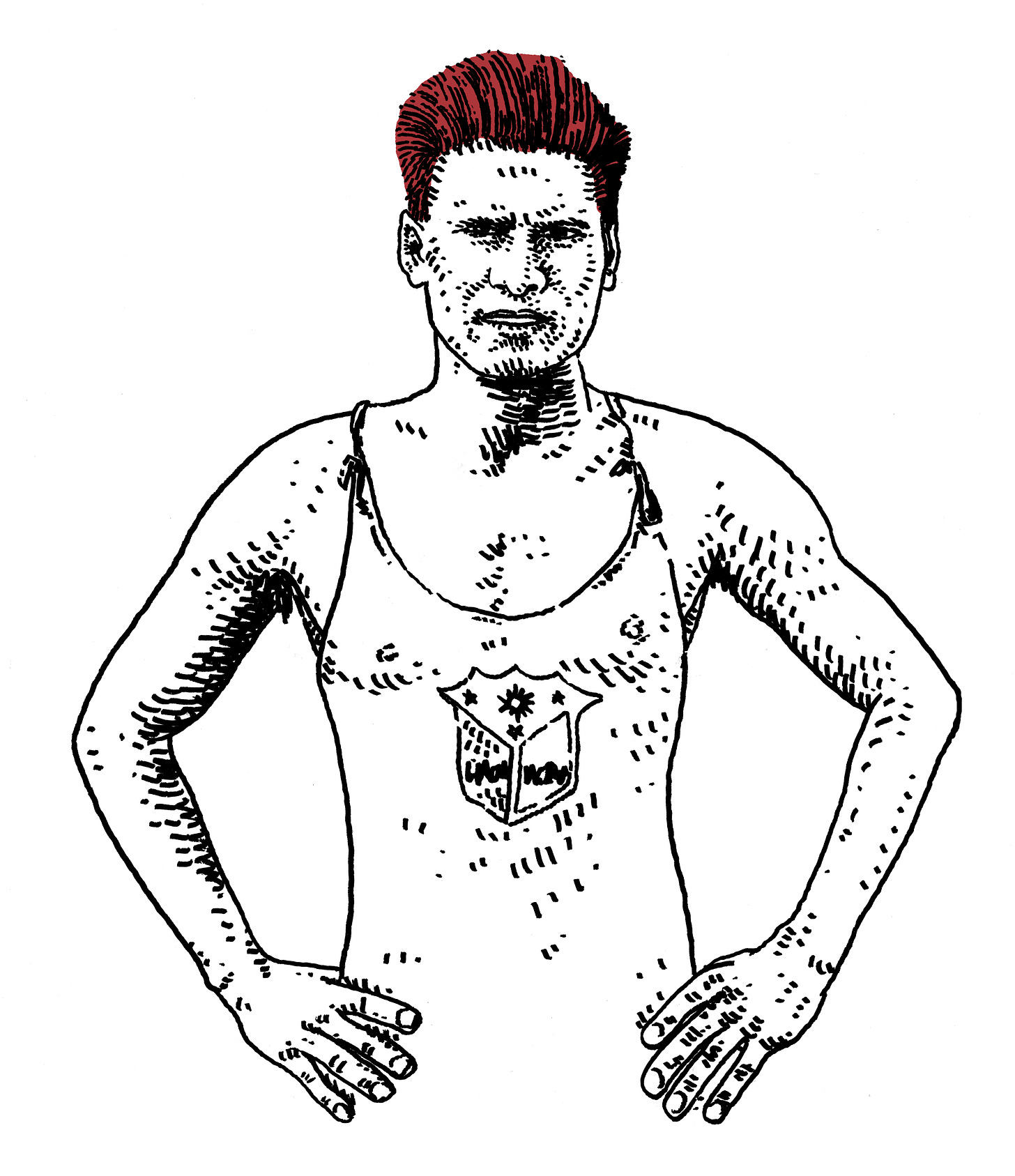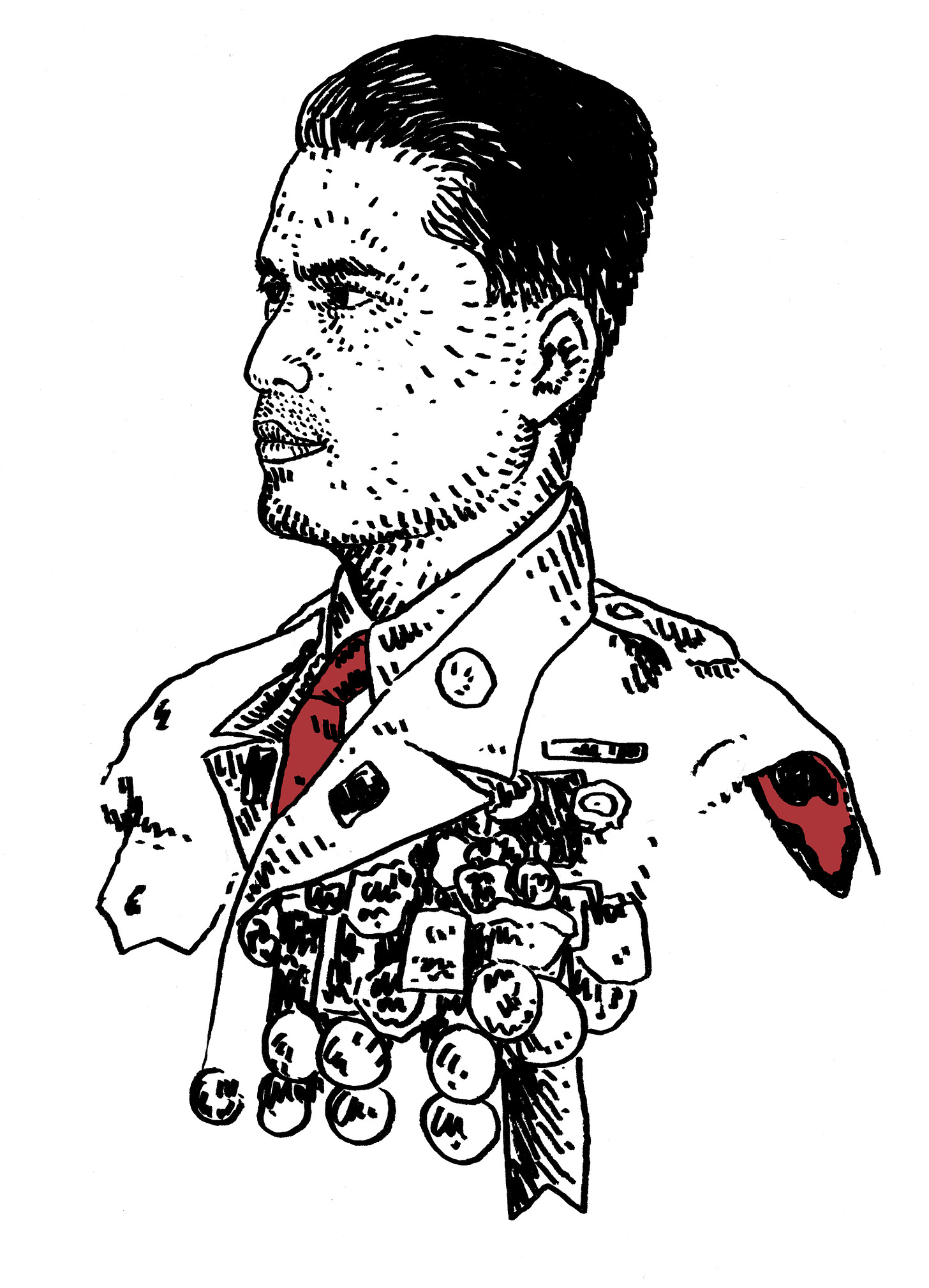The Ilocano Shark
Teófilo Yldefonso won the Philippines' first Olympic medals and reinvented the breaststroke before WW2 cut his life short.
Welcome to Sports Stories, an illustrated newsletter at the intersection of sports and history. If you’re not already a subscriber, please consider joining up here — we have both free and paid options.
Last month in Tokyo, weightlifter Hidilyn Diaz became the first Filipino to win an Olympic gold medal. She also set multiple Olympic records despite having spent more than a year stranded in Malaysia leading up to the games due to Covid travel restrictions. It was a remarkable achievement for Diaz, who is also a member of the Philippines Air Force, and big news for a country that has been searching for gold since it began competing regularly in the summer games in 1924.
But it’s not as if the Philippines have been bereft of Olympic heroes. The country’s first medalist was a swimmer named Teófilo Yldefonso, who rose to fame in the 1920s and redefined the breaststroke as it was performed around the world.
Yldefonso was born in a town called Piddig in the province of Ilocos Norte on the island of Luzon in 1903. He lost both of his parents when he was very young, and he and his siblings raised themselves around the banks of the Guisit River. It was here that as a boy, Yldefonso learned to swim.
When he was 18, Yldefonso enlisted in the Philippine Scouts, a military regiment under the control of the U.S. Army. This was how he got involved in competitive swimming. He was not a tall and powerful athlete. He did not have the kind of body that we now associate with great swimmers. But he was lithe and natural in the water and almost floated on top of it.
Instead of diving under and then rising back up, Yldefonso’s breaststroke technique saw him remaining high in the water, practically skimming across the surface. It was against the conventional wisdom and unlike anything other swimmers were doing -- but it worked so well that it caught on with many of his competitors.
He racked up victories in national meets and across Asia. In 1928, he brought back his country’s first Olympic medal from Amsterdam, a bronze in the 200M breaststroke. Then in 1932 in Los Angeles, he again won bronze in the same event. He earned the nickname The Ilocano Shark.
Yldefonso married and had six children. He also continued to compete into his mid-30s. He qualified for the 1936 Olympics in Berlin, but for the first time, failed to win a medal.
When World War II reached the Philippines, Yldefonso re-enlisted in the military. He rose to the rank of Lieutenant during the war, and was present at the surrender of Bataan to the Japanese in 1942. Yldefonso managed to survive the ensuing death march from Bataan to Capas..
According to Swimming World Magazine, one of Yldefonso’s friendly rivals, a great Japanese swimmer named Yoshi Tsuruta, who had also become a military officer, had heard about his capture and attempted to write him orders of release. But Yldefonso died in the arms of his younger brother in a prison camp at Capas. His remains were never found.
Related Reading:
I liked this story on Yldefonso’s life from Manila Bulletin: straightforward and well-written.
Here’s a video of Yldefonso in the pool at the 1936 games:
Hidilyn Diaz, in addition to winning the Philippines’ first gold medal, has also been embroiled in a somewhat convoluted political controversy involving the country’s authoritarian-minded president Rodrigo Duterte. Her name appeared on a list of celebrities seeking to undermine Duterte’s power and remove him from office, leading him to starve her of government support in the runup to the games. It also led to Diaz and her family receiving death threats.
However, it by all means appears that the list was fabricated -- perhaps by Duterte himself to drum up anger amongst his followers. After Diaz won gold, Duterte publicly congratulated her, and took the somewhat rare step of apologizing. Read more on that here.
Thanks for reading Sports Stories. We’ll see you next week.





